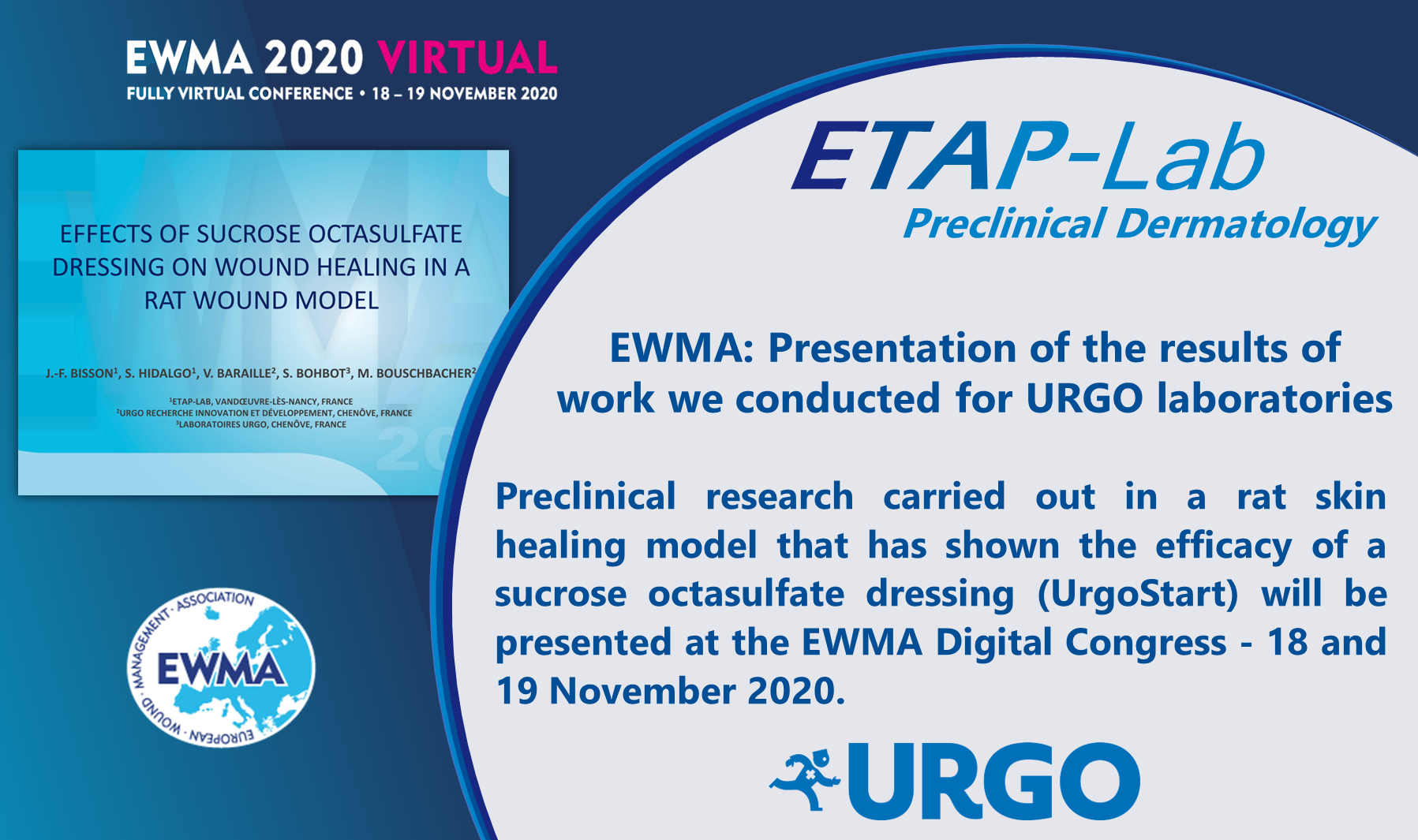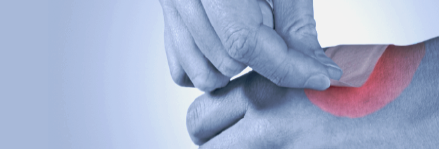Lactobacillus salivarius LA307 and Lactobacillus rhamnosus LA305 attenuate skin inflammation in mice
Lactobacillus salivarius LA307 and Lactobacillus rhamnosus LA305 attenuate skin inflammation in mice
S. Holowacz, C. Blondeau, I. Guinobert, A. Guilbot, S. Hidalgo and J.F. Bisson
Published in Beneficial Microbes, in Press
Abstract
Oral probiotics potential for the management of dermatological diseases is vast. However, results of available studies in skin diseases, such as atopic dermatitis (AD), are inconsistent, partly because probiotic effects are strain specific. Careful selection of probiotic strains is therefore indispensable to ensure efficacy of treatment. In this study, Lactobacillus salivarius LA307, Lactobacillus rhamnosus LA305 and Bifidobacterium bifidumPI22, three strains that were previously identified for their interesting immunomodulatory properties in allergy and/or colitis models, were assessed in the prevention of chronic skin inflammation induced by repeated applications of 12-O-tetradecanoylphorbol-13-acetate in hairless SKH-1 mice. Macroscopic and microscopic evaluation of skin lesions was performed together with measurements of serum levels of interleukin (IL)-1β, IL-6, tumour necrosis factor alpha (TNF-α), IL-17, IL-22, IL-10 and IL-4. Daily oral treatment with the three strains at the dose of 1×109 cfu/day for 3 weeks limited the development of chronic skin inflammation, the effects being strain dependent. Indeed the two Lactobacillus strains significantly limited the intensity of skin inflammation both at the macroscopic and microscopic levels. Macroscopic observations were correlated to the histological observations and the resulting microscopic score. This limitation of the development of AD-like skin lesions involved the modulation of cytokine production. Treatment with the two Lactobacillus strains induced a decrease in the serum levels of pro-inflammatory cytokines IL-1β, IL-6, TNF-α, IL-17, IL-22 and at the opposite an increase in the production of the anti-inflammatory cytokine IL-10 and also of IL-4. Globally, B. bifidum PI22 had lower benefits. These results obtained in mice suggest that L. salivarius LA307 and L. rhamnosus LA305 could be good candidates for preserving skin integrity and homeostasis via the modulation of the gut microbiota and that their use could be beneficial in dermatological conditions such as AD.
Publisher website

ETAP-Lab has strong experience in the field of dermatology research by developing a wide portfolio of original in vivo models.
With total transparency, our expertise and know-how include:
– Respecting chronobiology and animal well-being
– Considering chronopharmacology during treatments
– Evaluating animal behavior to confirm beneficial/ adverse effects of treatments
Want to know more ?





